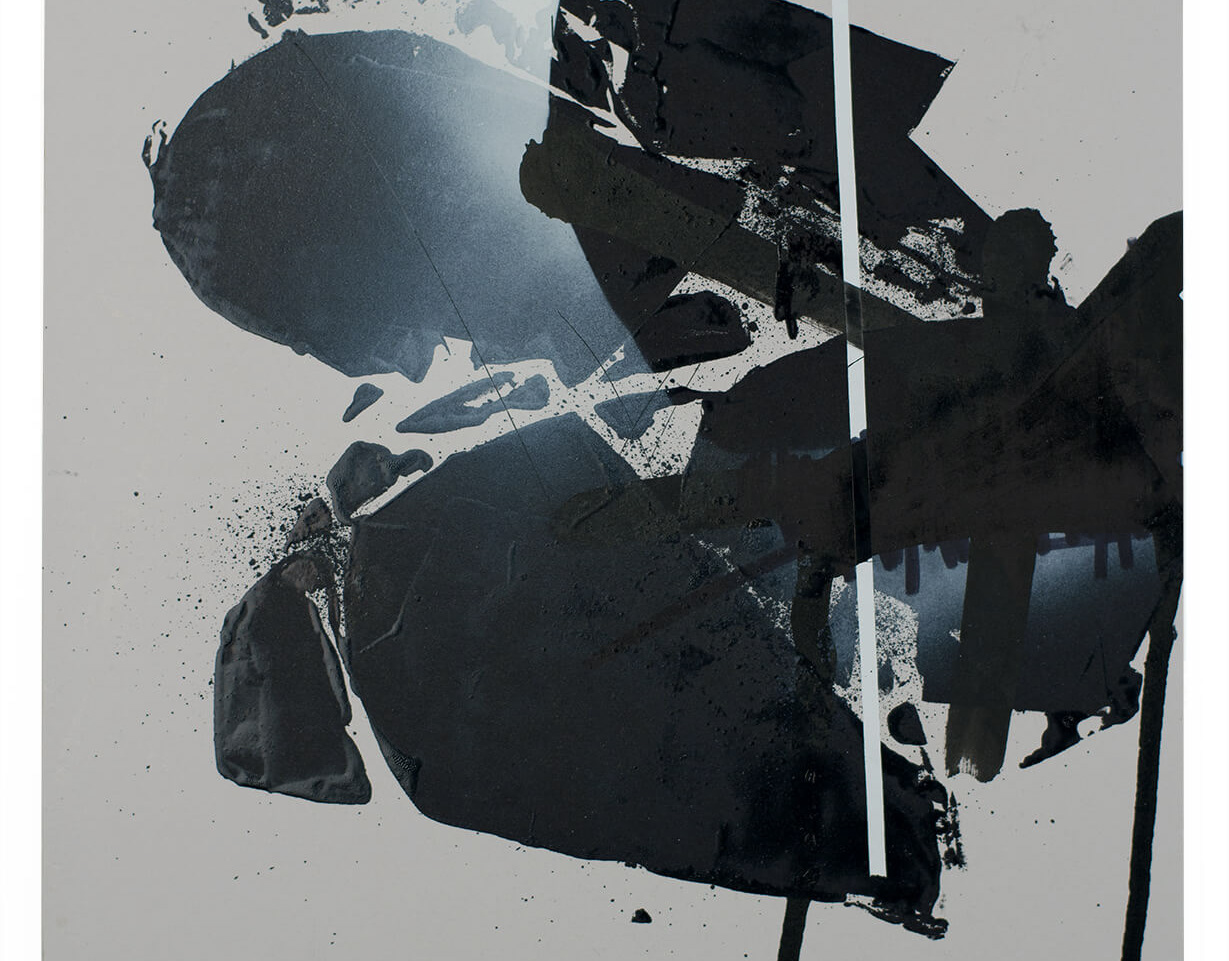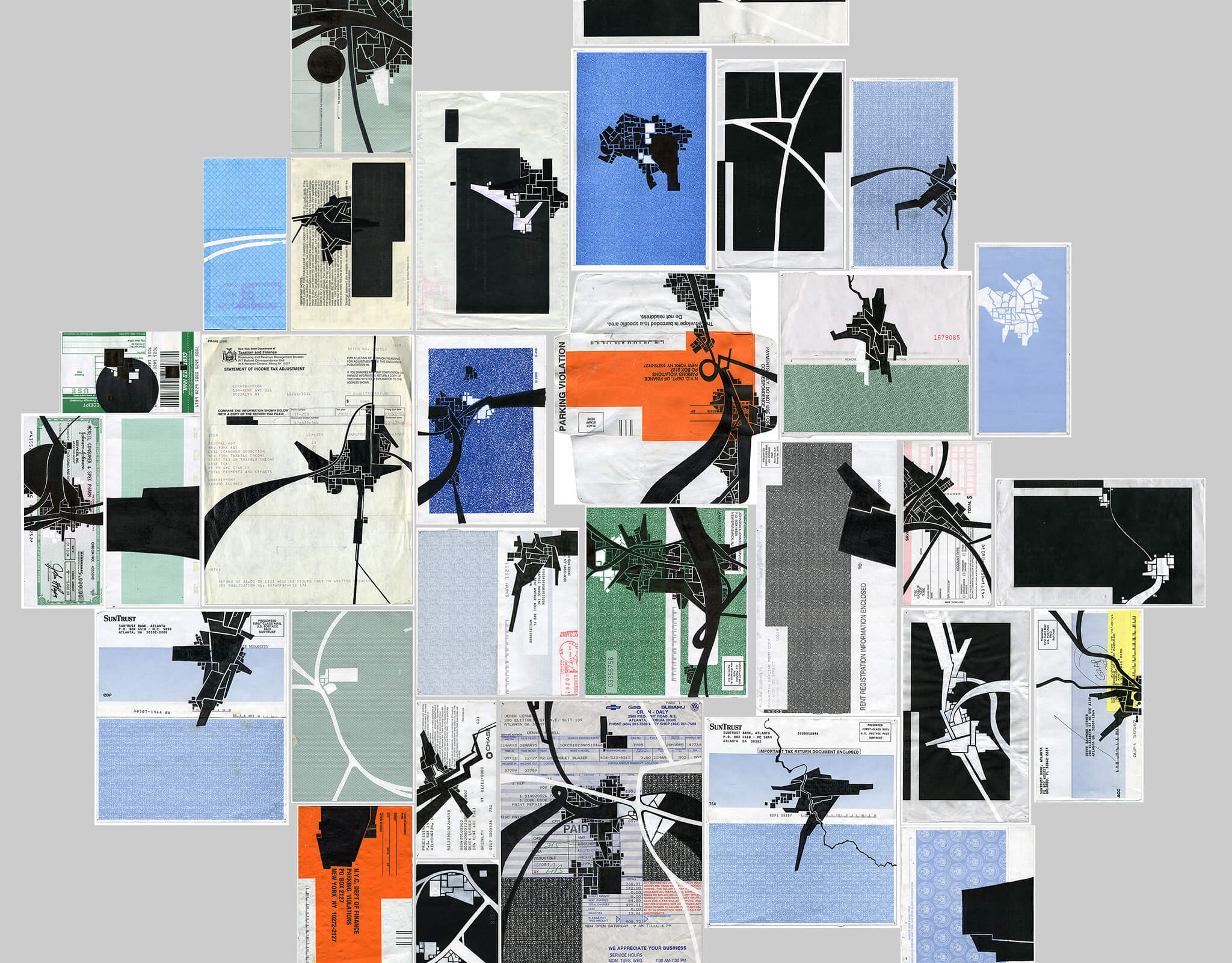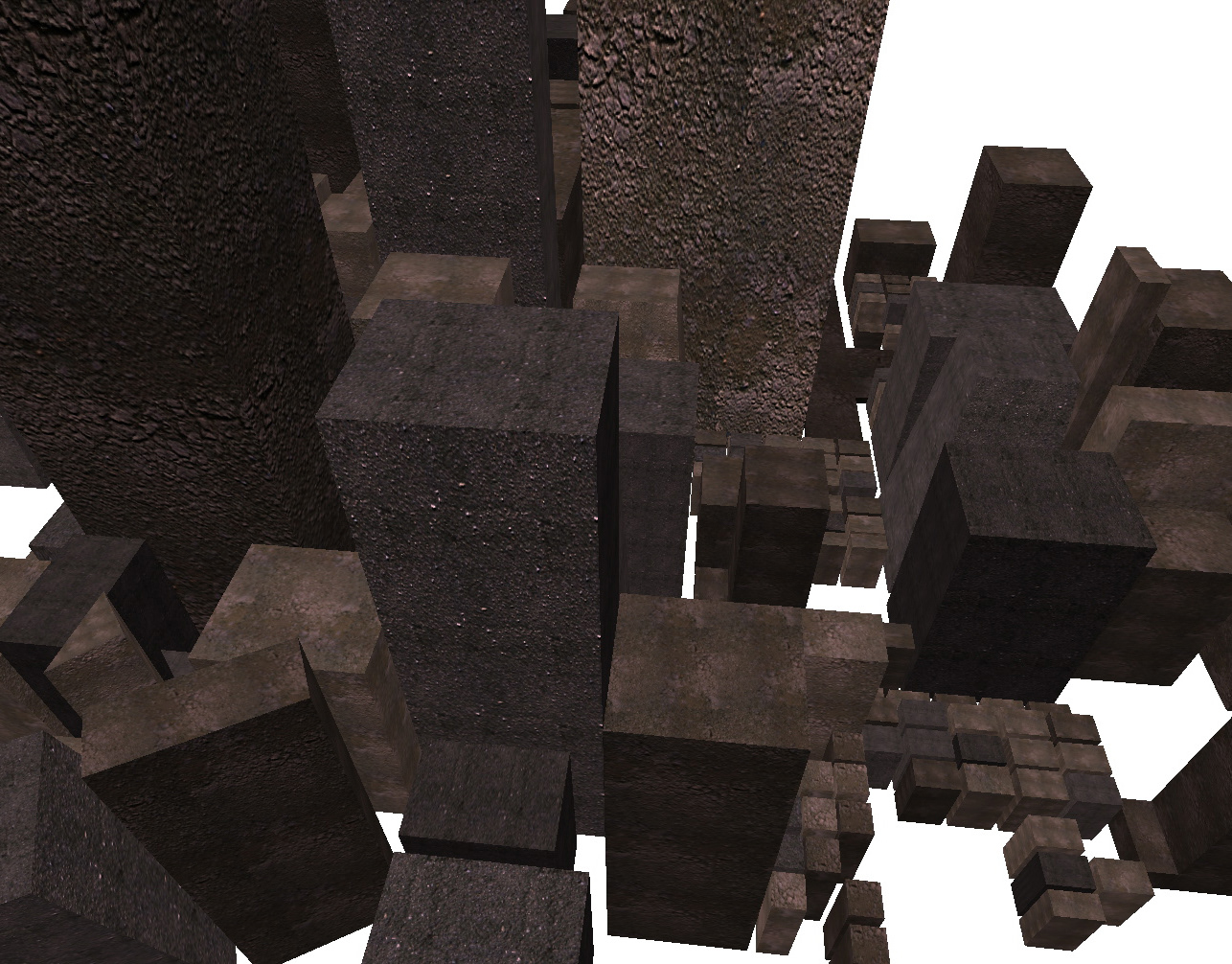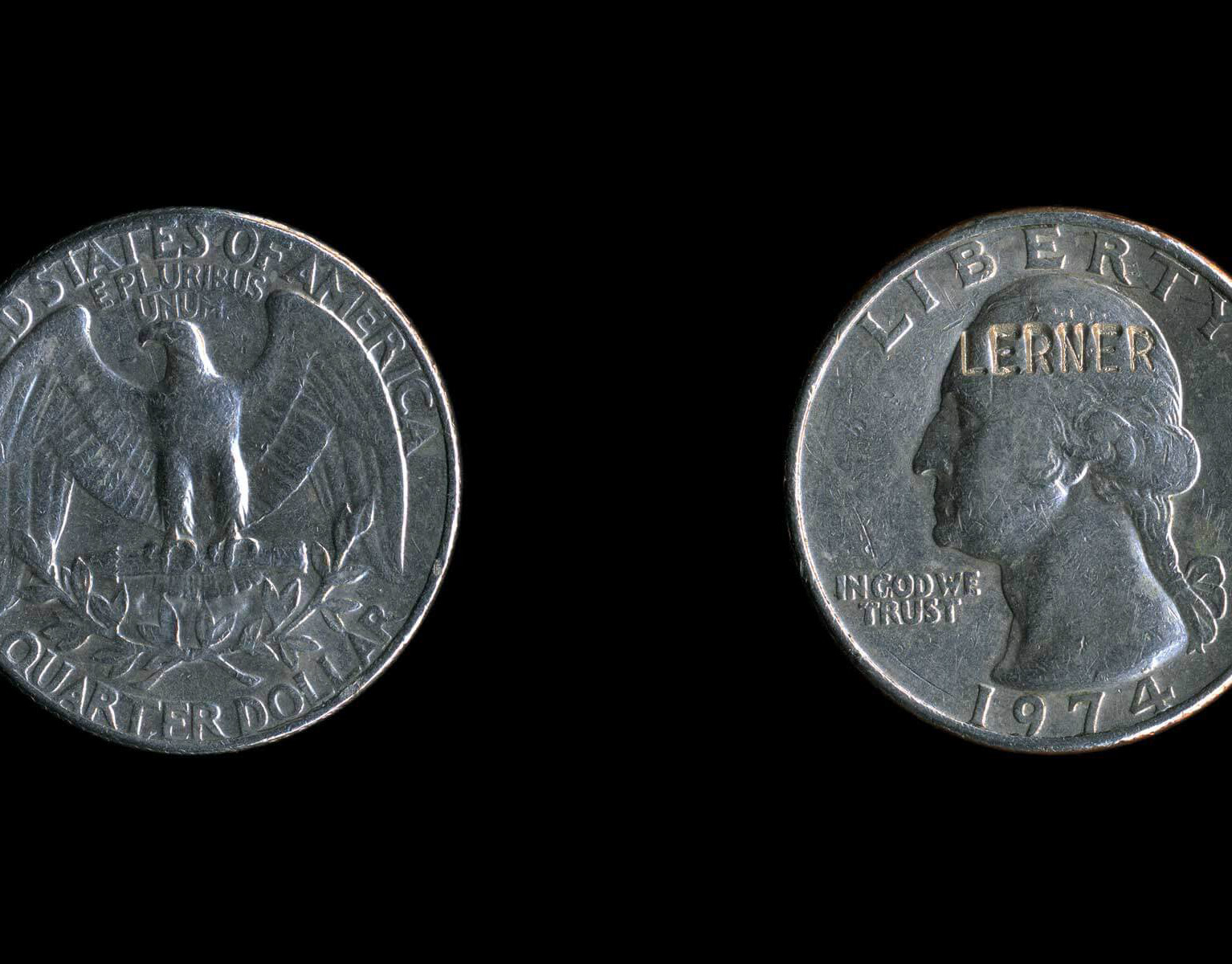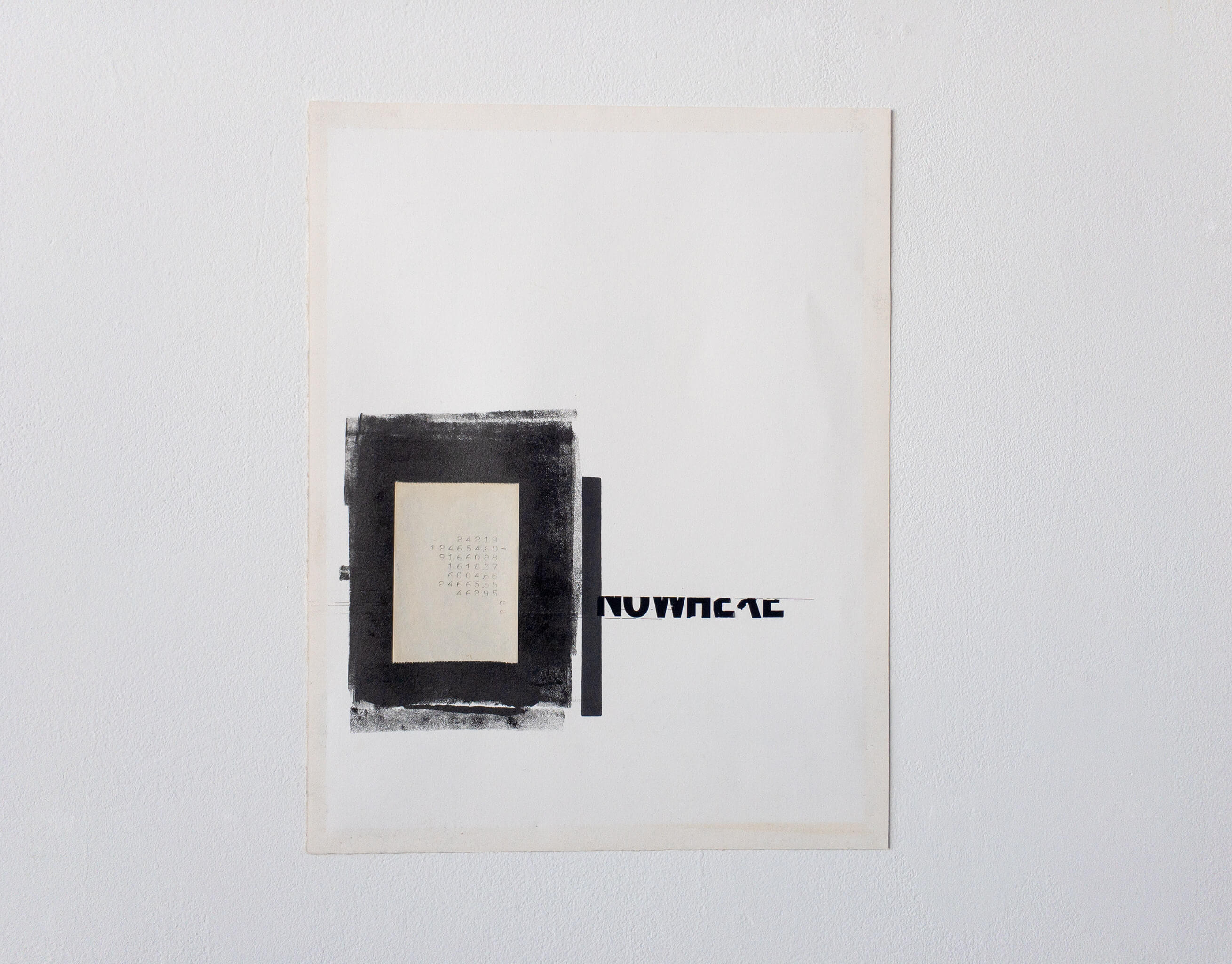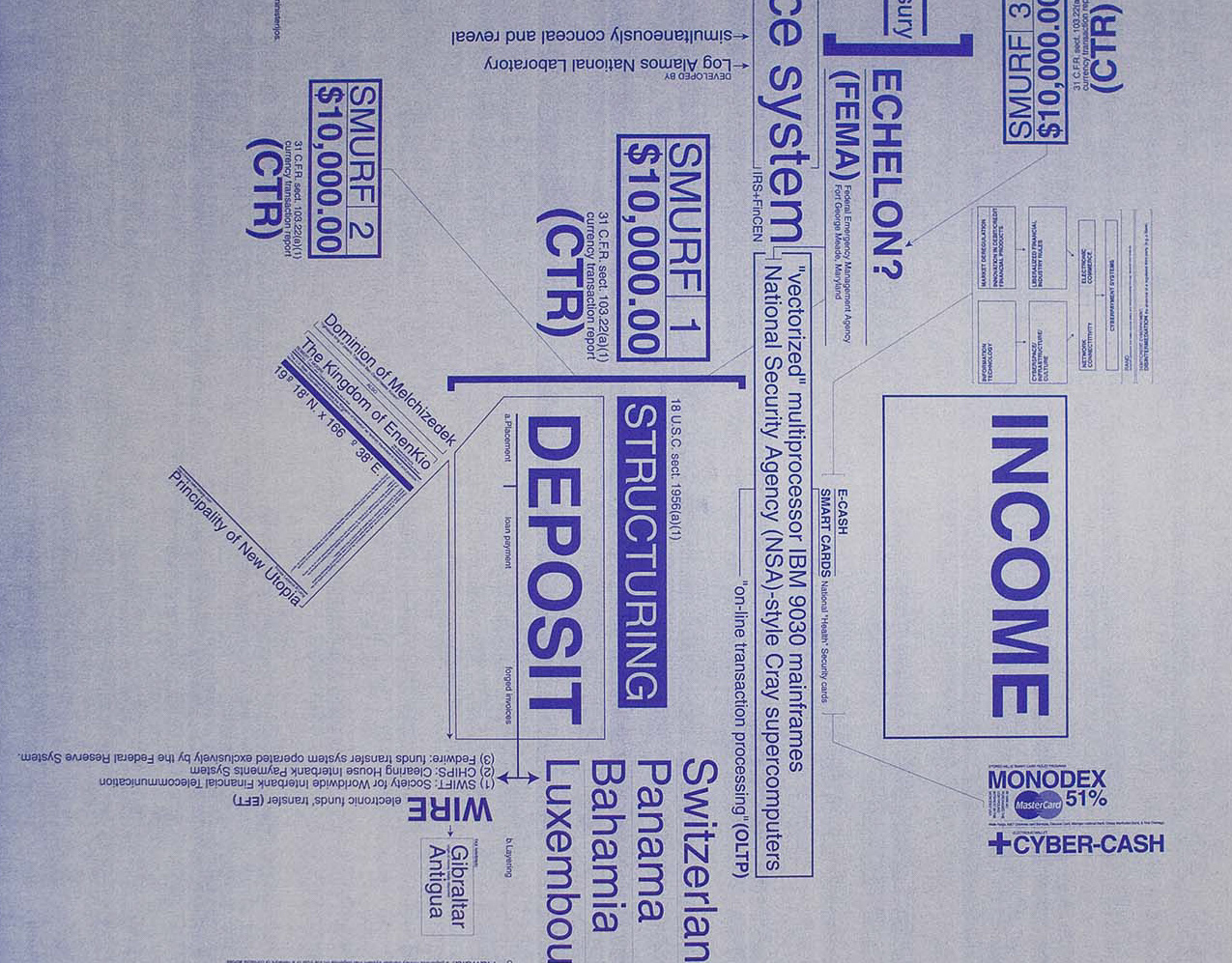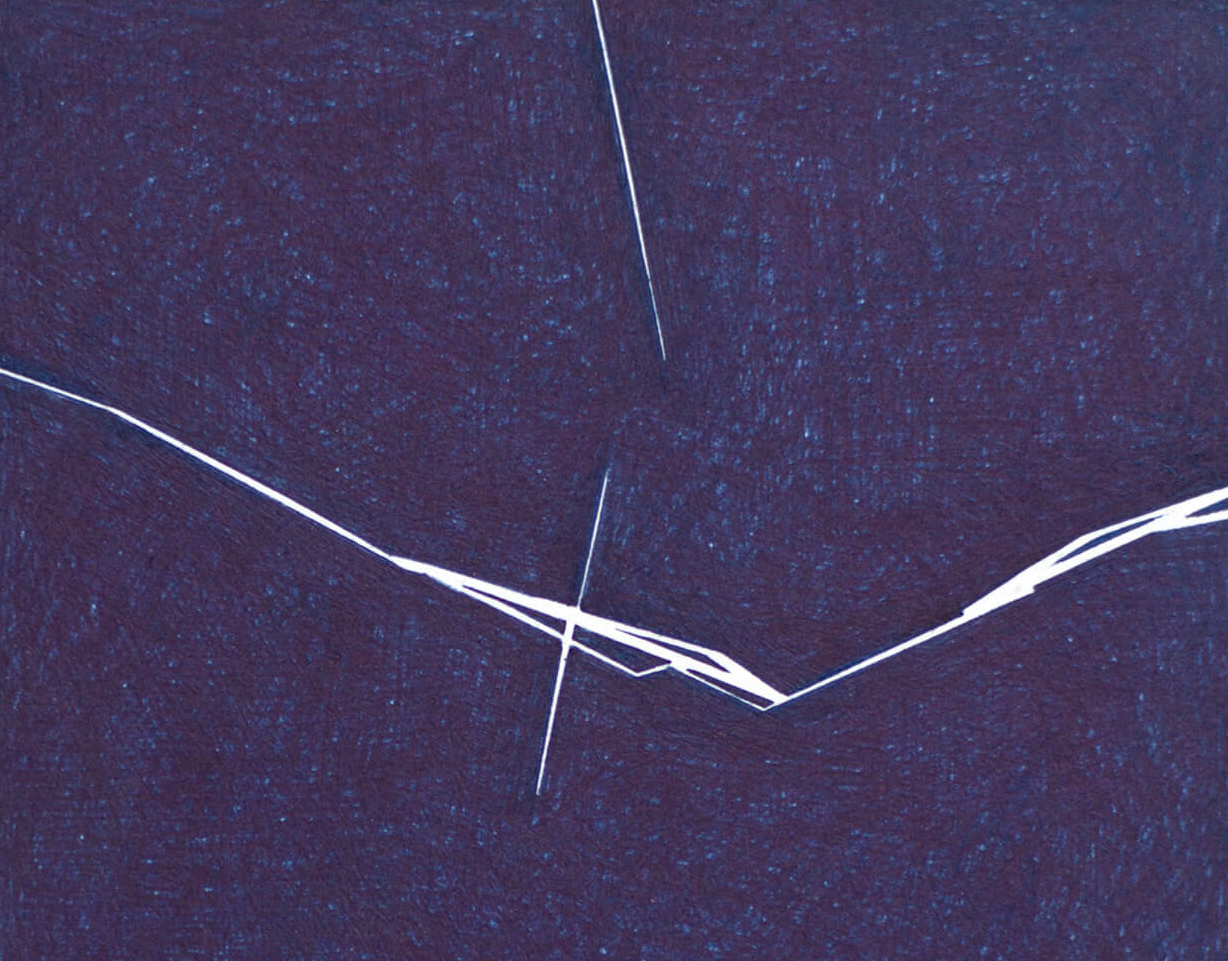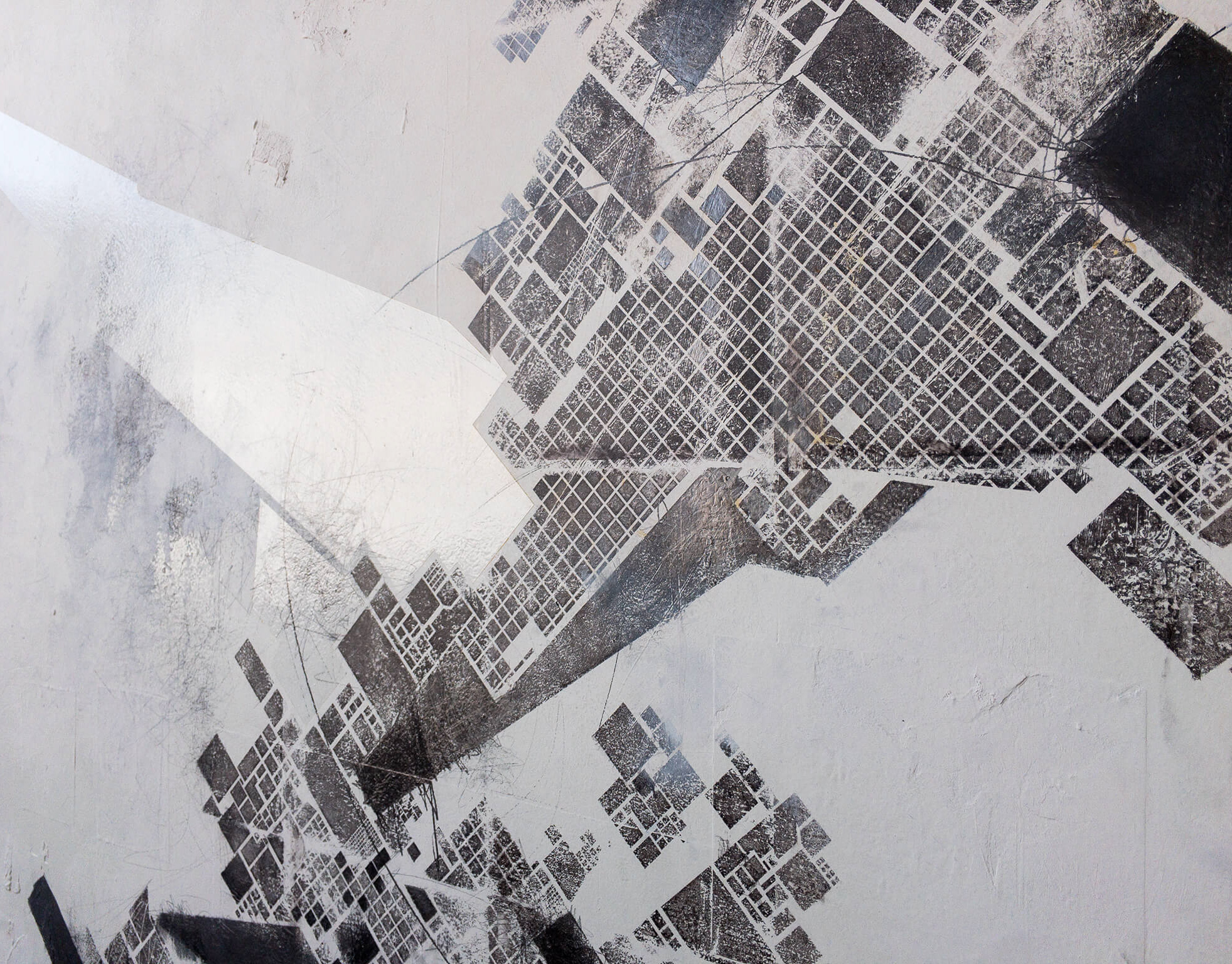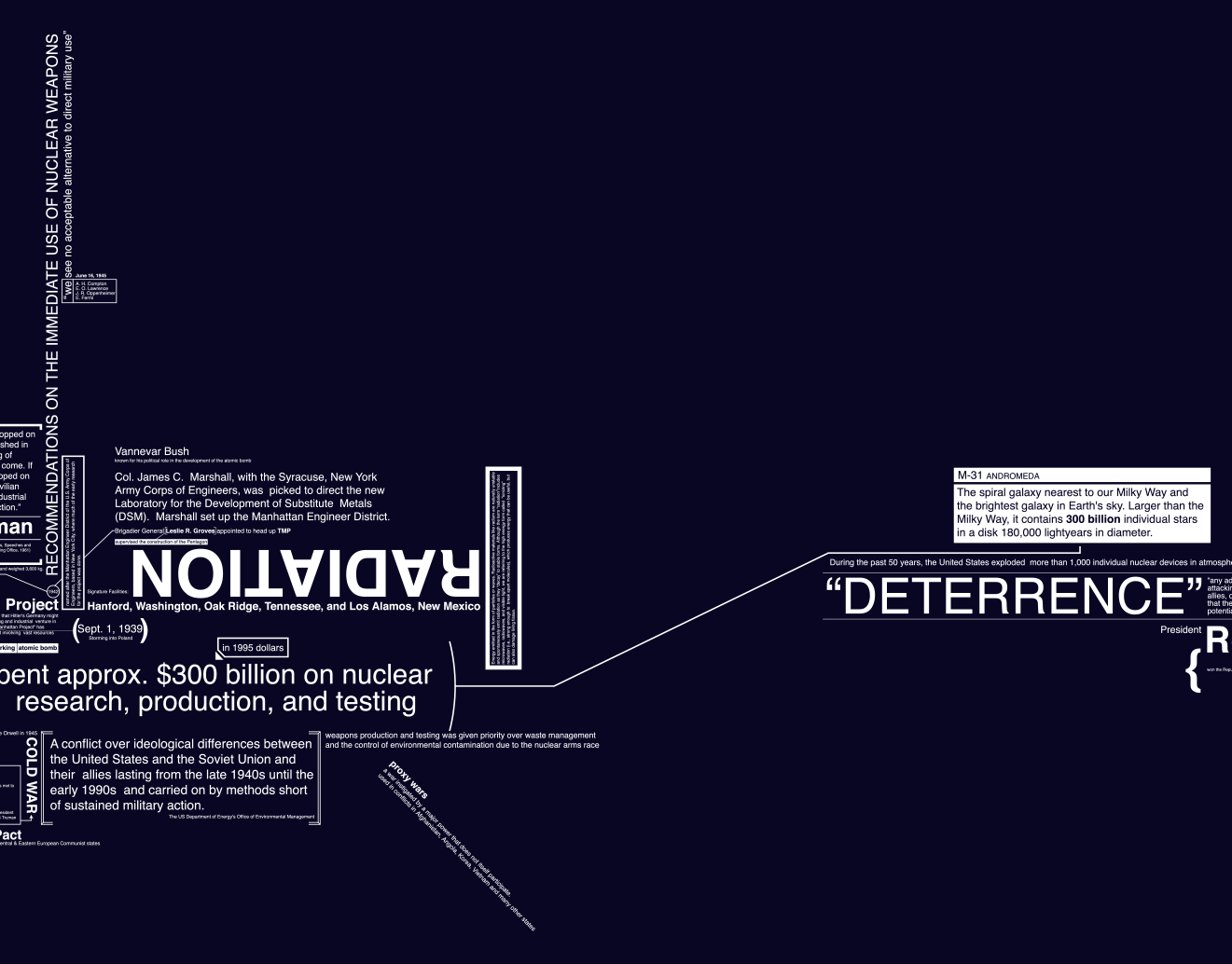Recycled Spacetime, 2010 multimedia
Recycled Spacetime was an evolving sound based public artwork. Using a camera-phone "viewers" photographed of one of many publicly instilled QR Codes specific to the piece, which then resolved to a webpage with instructions on how to interact with the work. To listen to and interact with the piece "viewers" could call a Google Voice phone number to listen to mixed/layered previously recorded calls comprised from all locations where QR Codes were installed. After listening to the most current mix, they could leave their own recording which was mixed into the evolving artwork.
Recycled Spacetime as part of my series titled Telepresence (written in 2010)
Driven to create public artworks that occupy mobile space, I decided to use QR Codes as a gateway. A QR Code (Quick Response Code) is a two-dimensional bar code that can be decrypted by camera-phones equipped with a reader application such as Barcodes for the iPhone. I am interested in using cell phones and other mobile devices as a venue for exhibiting art. I view this venue as a virtual space. This concept is eloquently described by Jonathan Steuer in his article “Defining virtual realities: Dimensions determining ”.
How can one explain the seemingly bizarre ability to speak to someone who is not present by means of talking into a piece of plastic? Of course, this process can be conceived in terms of senders, receivers, and messages. However, such an explanation fails to account for the odd experience of speaking to someone who is not actually there. Where does such a conversation take place? The most plausible conceptual model is that both parties, by means of the telephone, are electronically present in the same virtual reality created by the telephone system.
Toying with the idea of artworks as virtual goods within virtual space that are digitally decaying, disposable and somewhat fictional objects which contain "value" in their instant-gratification experience, I chose in contrast to create baked enamel QR codes printed on aluminum as more permanent tangible objects acting as a bridge between real and virtual spaces. The QR Codes are installed on street sign posts. Conceptually these public mobile art pieces range in topic from mixed-reality, simulations, consciousness, and presence to the technological singularity, feedback loops, and black holes.
How can one explain the seemingly bizarre ability to speak to someone who is not present by means of talking into a piece of plastic? Of course, this process can be conceived in terms of senders, receivers, and messages. However, such an explanation fails to account for the odd experience of speaking to someone who is not actually there. Where does such a conversation take place? The most plausible conceptual model is that both parties, by means of the telephone, are electronically present in the same virtual reality created by the telephone system.
Toying with the idea of artworks as virtual goods within virtual space that are digitally decaying, disposable and somewhat fictional objects which contain "value" in their instant-gratification experience, I chose in contrast to create baked enamel QR codes printed on aluminum as more permanent tangible objects acting as a bridge between real and virtual spaces. The QR Codes are installed on street sign posts. Conceptually these public mobile art pieces range in topic from mixed-reality, simulations, consciousness, and presence to the technological singularity, feedback loops, and black holes.
